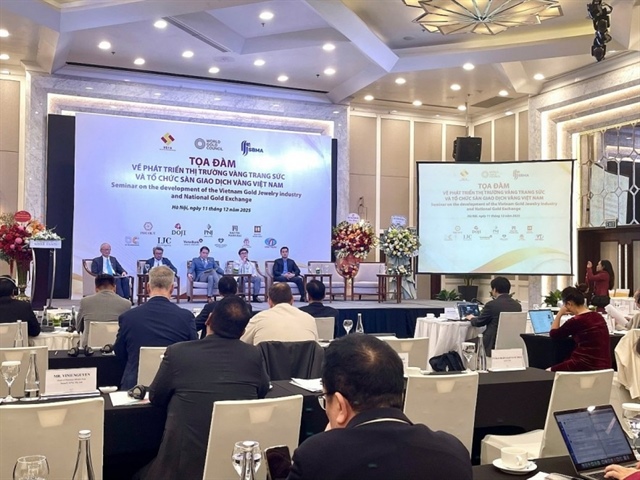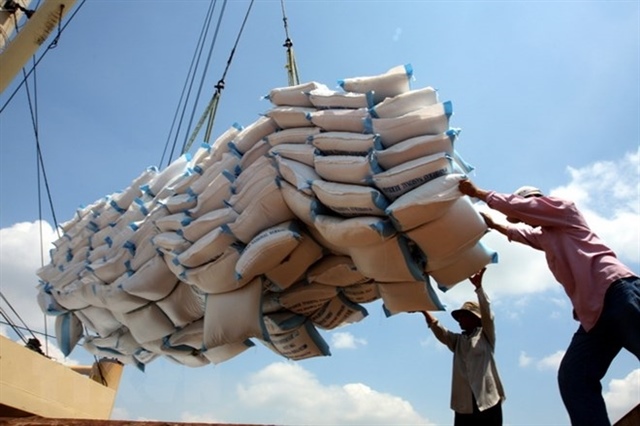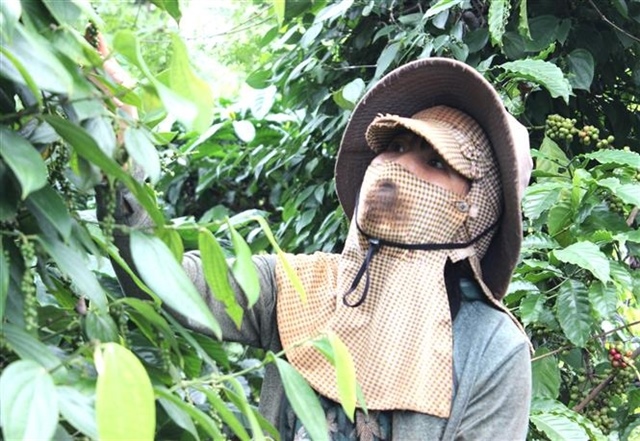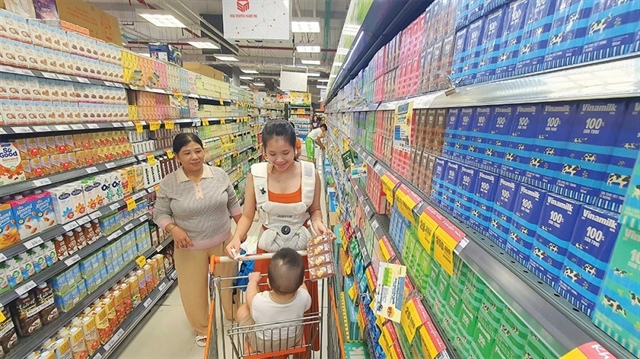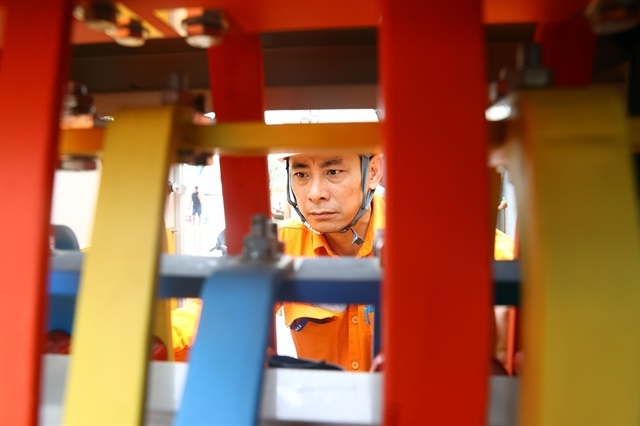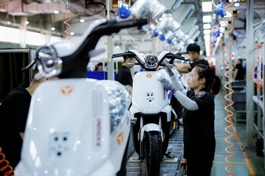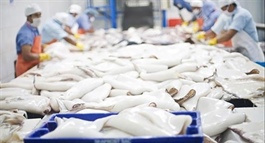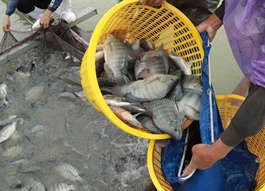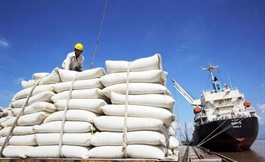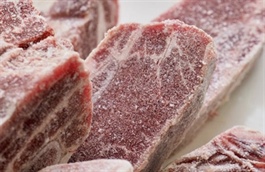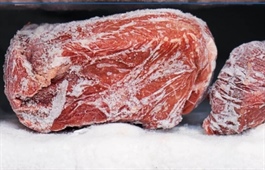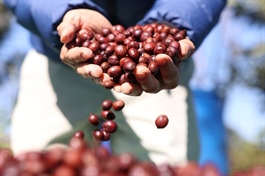Việt Nam’s unique organic shrimp brand grows from mangrove forests
Việt Nam’s unique organic shrimp brand grows from mangrove forests
The mangrove-shrimp farming model in which the crustacean is raised in canals within dense forests has emerged as a sustainable aquaculture practice in the Mekong Delta.
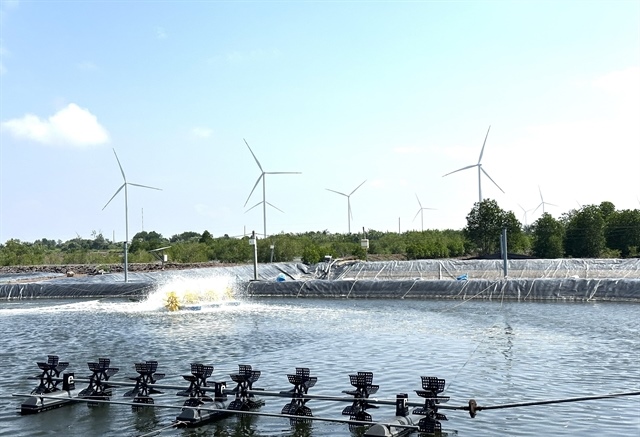
Circular mangrove-based shrimp farming model in the Mekong Delta with zero environmental discharge. VNA/VNS Photo |
The mangrove-shrimp farming model in which the crustacean is raised in canals within dense forests has emerged as a sustainable aquaculture practice in the Mekong Delta.
This model not only protects the environment but also builds a unique organic shrimp brand, the only one of its kind in Việt Nam.
Recognised as a climate-resilient aquaculture model, mangrove-shrimp farming integrates shrimp production into the natural ecosystem, using the forest as a biological filter and food source.
It helps maintain and regenerate mangrove forests while improving water quality and reducing environmental impacts.
For years it has been practised in the coastal provinces of the Mekong Delta, covering Cà Mau (including former Bạc Liêu), An Giang (including former Kiên Giang), Cần Thơ (including former Sóc Trăng), and Vĩnh Long (including former Bến Tre and Trà Vinh).
A study by Cần Thơ University highlighted the economic and environmental benefits of the model.
The low-input method not only preserves forests but also diversifies farmers’ incomes through crabs, fish, blood cockles, and clams.
But its success varies depending on farming techniques, local conditions and farmers' capabilities.
Vũ Hữu Trúc, a shrimp-crab farmer who manages nearly four hectares in Vĩnh Hậu Commune, Cà Mau Province, reported recent declines in shrimp yields.
The dense growth of mangrove trees has led to high volumes of organic silt from falling leaves, polluting pond water and causing shrimp mortality.
Like many farmers contracted to farm forests in the region, Trúc is calling for more support from authorities in the form of providing appropriate shrimp varieties and better solutions to manage the organic waste generated by the mangrove trees.
To address these challenges and enhance farmers' skills, local agricultural departments and community organisations have held numerous training courses and technical workshops.
In 2025 the International Union for Conservation of Nature (IUCN), in collaboration with the Department of Agriculture and Environment of Cà Mau Province, launched a series of training activities in coastal communities.
They introduced sustainable aquaculture techniques, climate-resilient shrimp models and updated policy information to empower local farmers.
“Alongside promoting mangrove reforestation among contract households, we support farmers with shrimp post-larvae and integrated farming training,” Dr Nguyễn Thanh Phong, director of the IUCN’s Mekong Delta Programme, said.
“These efforts help stabilise yields, reduce disease risk, lower water treatment costs, and ultimately enhance income.”
But he stressed the need for stronger coordination between local governments, scientists, businesses, and international partners to scale up sustainable aquaculture models like mangrove-shrimp farming.
Cooperation between parties
As part of the national strategy for sustainable aquaculture in the Mekong Delta, the Ministry of Agriculture and Environment has allocated VNĐ 3.4 trillion (US$133 million) to develop region-specific farming zones with models like rice-shrimp rotation, improved extensive systems and mangrove-shrimp integration at the forefront.
The initiative aims to expand brackish water shrimp farming to 720,000ha, train over 30 per cent of aquaculture workers and promote cooperative and value chain-based production.
Experts advocate for strong public-private-people partnerships—uniting local governments, communities, businesses, and relevant stakeholders to co-develop, co-implement and co-own models.
Such collaboration is essential to meet international certifications, scale sustainable farming, and enhance shrimp quality.
Currently Cà Mau has around 48,000ha of mangrove forests where shrimp is farmed.
Nearly 22,000ha are certified for quality by international organisations like ASC, BAP, Naturland and Seafood Watch Green and yield 10,000 tonnes of shrimp annually.
Certification requires maintaining at least 60 per cent of forest cover, not using chemicals or antibiotics and ensuring the shrimp are raised in near-natural conditions.
Aquaculture expert Nguyễn Duy Thanh from the Cà Mau Fisheries Sub-department said: “Certified shrimp not only fetch higher prices and gain access to demanding markets, but the model also promotes forest conservation and environmental awareness among farmers.”
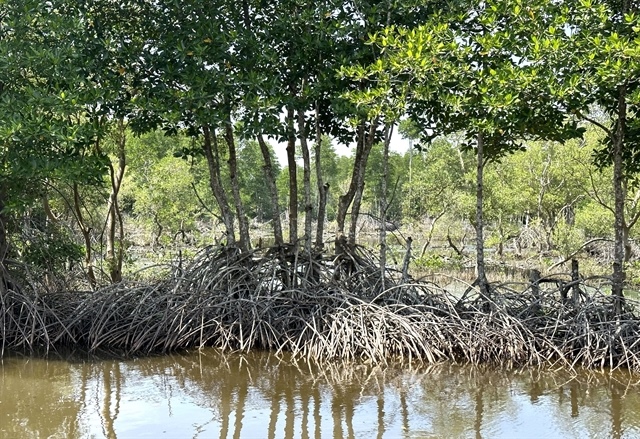
Circular mangrove-based shrimp farming model in the Mekong Delta with zero environmental discharge. VNA/VNS Photo |
Value chain synergy
One of the key factors behind the success of certified mangrove-shrimp farming is close coordination between processors, farmers and regulators.
Minh Phú Seafood Corporation, Việt Nam’s leading seafood exporter with a presence in over 50 countries, is a prime example.
The company has 15 international-standard projects, including five certified mangrove-shrimp projects in Cà Mau and An Giang provinces.
They involve 4,679 farming households trained in global standards with 17,963ha.
“Our international certifications focus on legality, environmental impact, food safety, traceability, and social responsibility,” Dương Vũ Phong, a technical expert at Minh Phú, said.
“By linking sustainable shrimp farming to certification, we not only strengthen market access and adapt to global climate challenges but also enhance product value and our social commitments.”
Experts stress the need to build and refine policy frameworks for sustainable aquaculture, mobilise international support, foster value chain cooperation, and scale up the use of technology, circular economy principles and global standards.
Through such concerted efforts, Việt Nam is not only preserving its coastal mangrove forests but also cultivating a world-class brand of organic shrimp, one rooted deeply in nature and community.
- 10:56 13/08/2025


